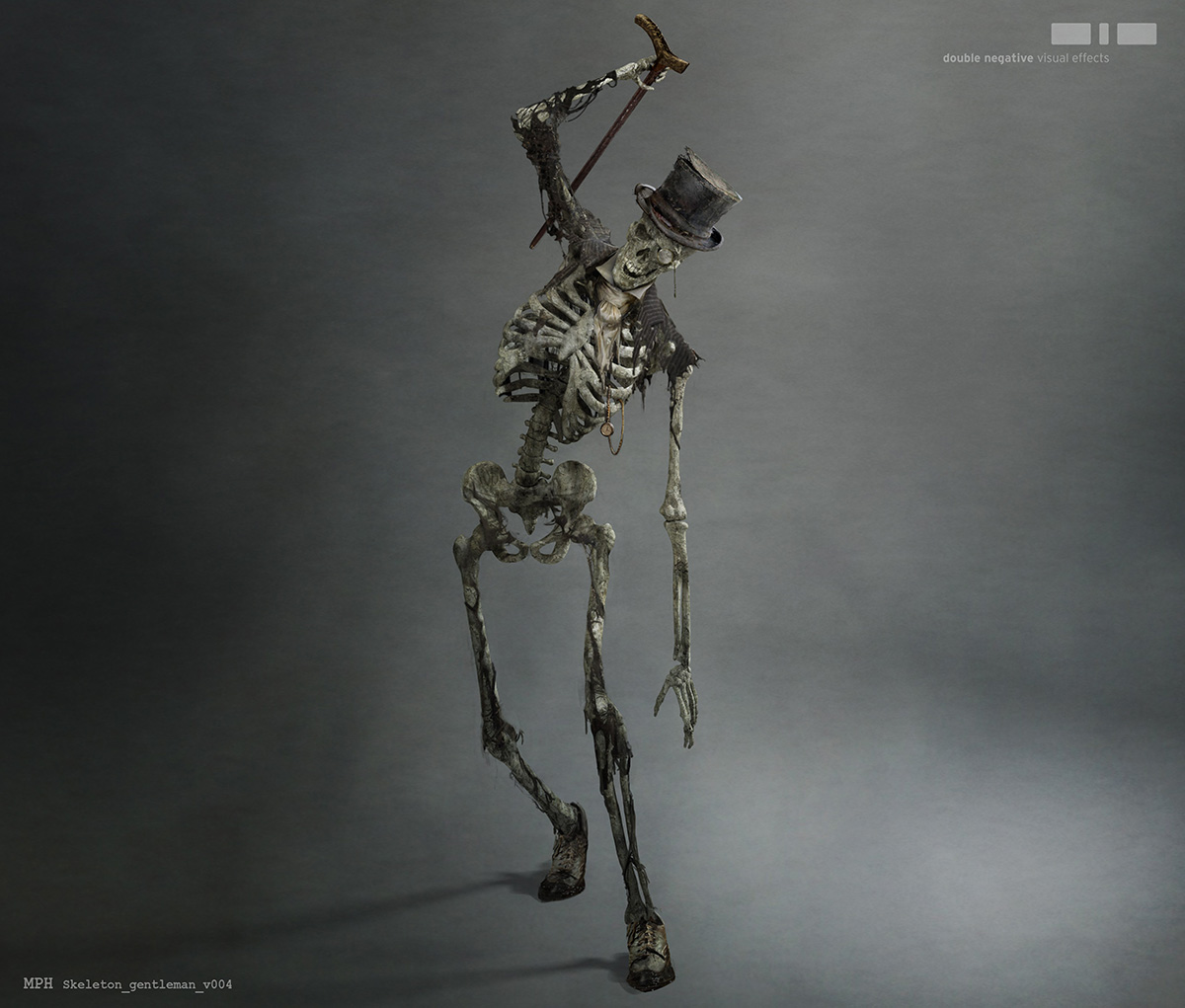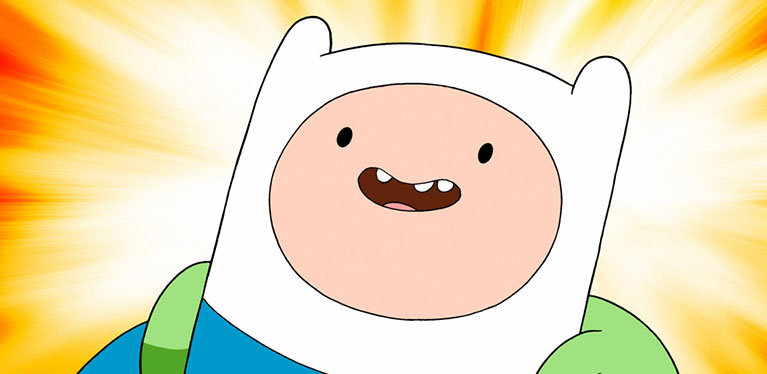Star Trek remains one of the most popular television & movie franchise till date. Generations have grown up watching this intergalactic science fiction. Besides the story, performances, and iconic characters, its popularity is largely due to its mind-blowing special effects. In fact, it would not be wrong to say that Star Trek created visual effects history. With the release of Star Trek Beyond this week, we thought of taking a look at how this popular series created VFX history in #ThrowbackThursday.
[youtube]https://www.youtube.com/watch?v=XRVD32rnzOw[/youtube]
Source: Paramount Pictures
Models & glitter
It goes without saying that the 1960s was not very technologically advanced. However, that did not stop writers & production studios from imagining big. Even at this point there were ideas of special effects. But this was the period of miniatures, matte paintings on glass & optical compositing on real film. And it all began with Star Trek: The Original Series. The number of ‘film quality’ visual effects shots in the show made it a landmark in special effects innovation.
Howard Anderson Company was the first special effects studio responsible for bringing outer space to the television screen. The team’s most popular contribution to this series remains the miniature USS Enterprise, the Star Trek ship. Two different sized scale models were built for this purpose, which were later combined with star field backdrops and planet paintings to bring space to earth.
The studio also created the transporter – the teleportation machine used by the crew members. This remains the most important addition to the series till date as it became a crucial part of the Star Trek universe. When it was first created, the futuristic effect was achieved with nothing more than aluminium powder and optical compositing.
[youtube]https://www.youtube.com/watch?v=jDFI87zn9t0[/youtube]
Source: AndersonNeo12
How did it work, you ask? The person or people being transported were filmed in position. The beam effect was created by dropping aluminium powder from a height, and filming that separately with intensive lighting. All of this was combined with the outline of the person or people, and a shot of the empty set, and faded out or in to create the appearance/ disappearance effect.
Pixar connection
The Genesis Demo from Star Trek II: Wrath of Khan is considered to be the first major use of visual effects in a feature film. The lesser known fact is that this sequence was created by Lucasfilm Computer Division (the present day Pixar), the wing of George Lucas’s Lucasfilm established to research various digital editing & computer graphics applications.
Much before Toy Story, the Genesis sequence used computer graphics, and this was a big deal. Alvy Ray Smith, who conceived & directed the sequence, was confident that they could convert their imagination to reality, and designed the piece as per their strengths at the time. They effectively utilised geometric patterns, particle systems, texture mapping, bump mapping, digital painting, and a moving camera to bring the sequence to life, and create history.
[youtube]https://www.youtube.com/watch?v=Qe9qSLYK5q4[/youtube]
Source: VintageCG
The first demo was a 67-second long shot of a torpedo hitting the planet, exploding, causing a shockwave and then geological and Earth-like structures appearing. It was rendered on VAX computers (after all, this is 1982), with some frames taking just five minutes while others required up to five hours.
VFX on television changed forever
Before the 1980s & 1990s, most television shows were shot on film, and special effects were mainly created with miniatures & optical compositing. Star Trek: The Next Generation (1987) changed everything. It was shot on film. But the footage was then transferred to video tape. As the series continued, digital tape formats were also used. This enabled video-based visual effects to be created.
This became the rage because of just one thing – speed. Video tape footage made editing & adding of special effects faster & more effective. It was groundbreaking because easch episode had up to 60 – 70 VFX shots, a large number at that time. During this period, Star Trek: Deep Space Nine series also entered production, requiring a faster & larger execution of visual effects.
[youtube]https://www.youtube.com/watch?v=1mE6JHfKuc4[/youtube]
Source: The Particle Wave
But all visual effects were still not done on video, and use of miniatures continued. Spacecraft models were still physically built & filmed. However, advancement came with the use of UV black lights on fluorescent orange screens (instead of blue screens) for ship matte passes. This was a major breakthrough as compared to the previous method of use 8X4 foam core boards to create contrast around the ship.
Slowly, the studios moved towards incorporating complete computer-generated versions of the spacecrafts and other elements that were previously made as miniatures.
Another important development was the use of digital disk recorders. True, it may not sound very glamorous today. But back then this allowed the team to juggle layers of elements without any degradation.
J.J. Abrams’s Star Trek creates history
J.J. Abrams’s Star Trek film series is known for its use of lens flares, from the Enterprise passing in front of a sun or star to when the ship’s lights are visible as it whizzes past camera. But when Abram first came up with the idea, it was with the intention of reproducing the movement of light in the real world. In fact, many flares seen in the film were simply the ones captured on set. They were later enhanced by the use of anamorphic lenses that provided the final image.
But this idea led to the creation of SunSpot, a device to replicate this flare in the digital world. Since a lot of scenes were digital creations by Industrial Light & Magic, this device was developed so that they could replicate the live-action look of lens flare aberrations in digital form.
In the world of modern visual effects, the lens flares may not look like a technical revolution. But they served an important role in storytelling. Tod Vaziri, one of the artists who worked on the lens flare, believes that these flares gave the films their unique flavour of spontaneity & intensity, giving overall documentary-style feel, as well as a fanciful, other worldly, abstract quality.
Old wine in new bottle
The one visual effect that Star Trek brought to screen, not only for its own series but the entire realm of science-fiction, is warp speed. This faster-than-light propulsion allows the spaceships to move at infinite speed. Over time, advances in design, computer graphics & compositing techniques have made warp speed a more life-like, immersive, & impressive visual effect.
In the latest movie, Star Trek: Beyond, the warp speed effect evolved even further. The film’s visual effects supervisor Peter Chiang created a warp bubble, instead of the previous streak-type look. The visual effects studio behind this effect was Double Negative, which had previously created the black hole & worm hole effects for Christopher Nolan’s Interstellar.
[youtube]https://www.youtube.com/watch?v=MHUOty8-Ty0[/youtube]
Source: moviemaniacsDE
Will they continue to boldly go where they have never gone before? We will have to wait for the Star Trek TV series, set to air in January, 2017, to find out.


